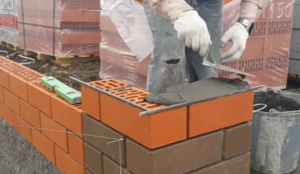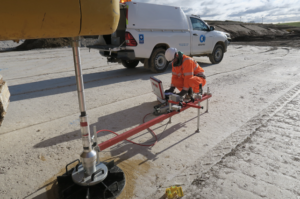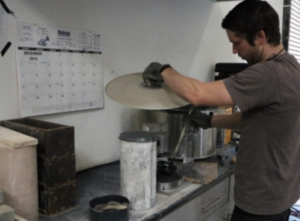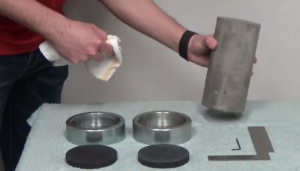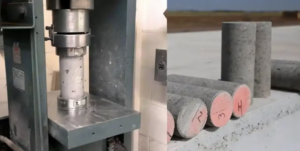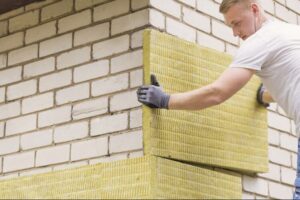California Bearing Ratio Test Essential in Road Construction
Before any road is laid, there’s one crucial question every engineer must answer: Can the soil support the load? The California Bearing Ratio (CBR) test offers a practical way to assess soil strength and subgrade support capacity. It’s not just a test—it’s a cornerstone in pavement design. Here’s why the CBR test is essential in road construction, and how it’s applied in real-world projects.
Understanding the California Bearing Ratio (CBR)
The California Bearing Ratio (CBR) is a penetration test1 developed by the California Department of Transportation. It measures the strength of subgrade soil and base materials2 by evaluating their resistance to penetration under controlled loading.
What CBR Tells Us:
- Expressed as a percentage, the CBR value compares the pressure required to penetrate the soil with the pressure needed to achieve the same penetration in standard crushed stone3.
- Higher CBR = stronger soil and better load support
- Common range: 2% (very poor subgrade) to 80%+ (crushed rock base)
| CBR Value (%) | Soil Strength Classification |
|---|---|
| 50 | Excelente |
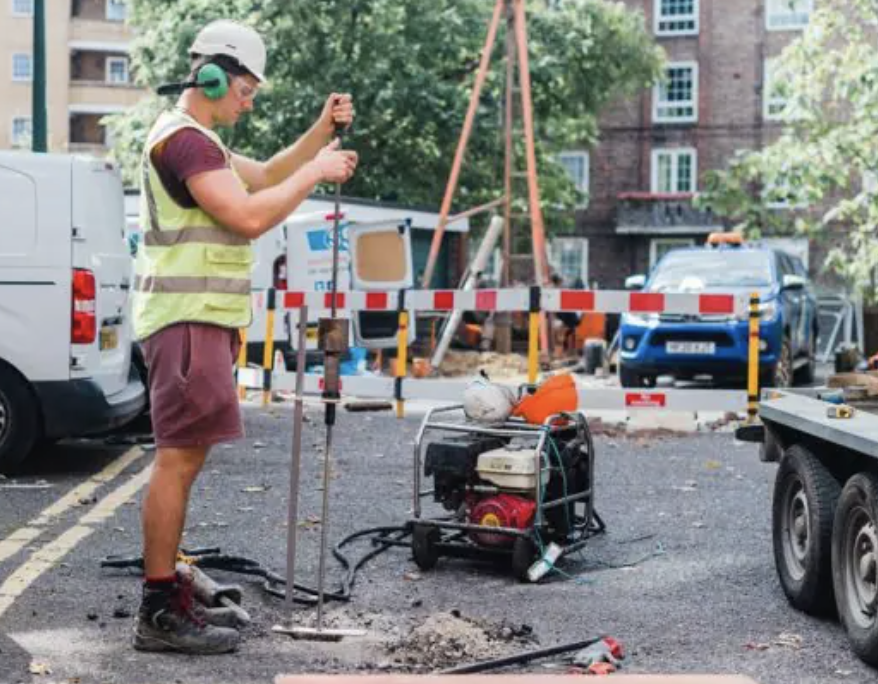
Test Procedure and Equipment
The CBR test can be conducted in the laboratory or field4, with minor variations. The lab version is more controlled, while field tests offer real-time subgrade conditions5.
Key Equipment:
- CBR mold with collar and base plate
- Loading machine (typically 50 kN capacity)
- Penetration piston (50 mm diameter)
- Soaking tank (for simulating saturated conditions)
- Proving ring or load cell and dial gauge
Standard Test Procedure:
- Prepare soil specimen in a CBR mold at desired compaction and moisture.
- If required, soak the sample for 4 days to simulate wet conditions.
- Apply a vertical load through the piston at 1.25 mm/min.
- Record load at 2.5 mm and 5.0 mm penetration.
- Calculate CBR as:
[
\text{CBR} = \left( \frac{\text{Measured Load}}{\text{Standard Load}} \right) \times 100
]
| Penetration (mm) | Standard Load (kN) |
|---|---|
| 2.5 | 13.24 |
| 5.0 | 19.96 |

Significance in Road Design
CBR values directly influence thickness design of pavements6, especially for flexible pavements in highways, rural roads, and airport runways.
Where CBR Matters:
- Determining subgrade strength before construction
- Designing pavement layer thicknesses using empirical charts
- Evaluating improvement after soil stabilization or compaction
- Used in AASHTO and other pavement design methods7
For instance, a CBR of 5% might require a 500 mm thick flexible pavement, whereas a CBR of 20% may only require 250 mm, saving cost and material.
| CBR (%) | Typical Pavement Thickness (mm) |
|---|---|
| 3 | 550 |
| 5 | 500 |
| 10 | 400 |
| 20 | 250 |
Thus, CBR is not just a number—it’s a decision-making tool that impacts both performance and economy.
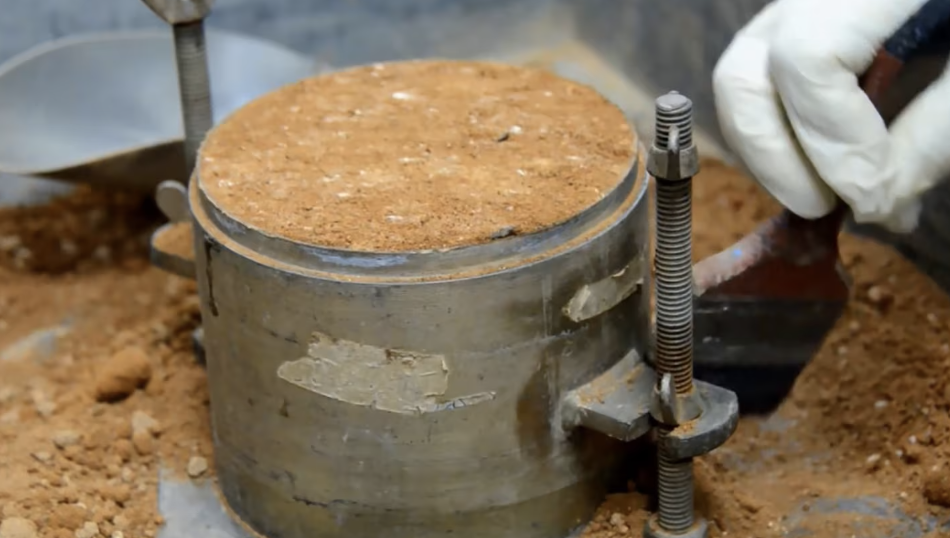
Limitations and Practical Considerations
While widely used, the CBR test has its boundaries:
Limitations:
- Best suited for cohesive soils and unbound granular layers8
- Not ideal for very soft clays or expansive soils
- Results vary significantly with moisture, compaction, and soaking9
- Doesn’t account for long-term pavement fatigue
Las mejores prácticas:
- Always test at field moisture and compaction
- Use soaked and unsoaked values10 for comparison
- Supplement with other tests (e.g., resilient modulus) for mechanistic designs
Engineers should view CBR results as a guide, not a standalone solution—especially in modern mechanistic-empirical design frameworks.
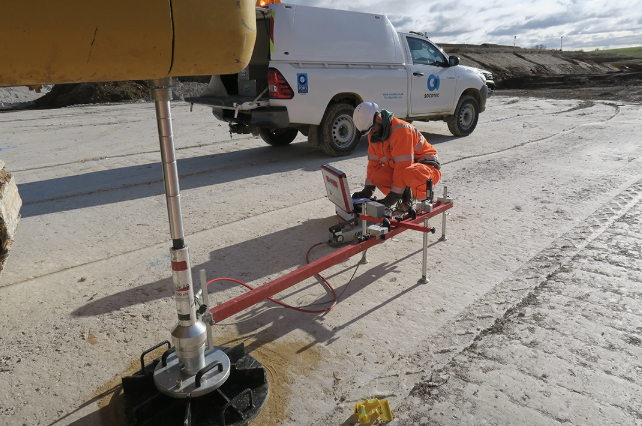
Conclusión
The California Bearing Ratio test remains a fundamental tool in road construction, providing engineers with the data needed to build safe, durable, and cost-effective pavements. With simple equipment and reliable results, the CBR test bridges the gap between lab soils and real-world roadways—proving that even the simplest tests can pave the way to strong foundations.
-
Understanding penetration tests is crucial for evaluating soil strength and suitability for construction projects. ↩
-
Learn about methods to assess soil strength, which is vital for ensuring stable foundations in construction. ↩
-
Discover the role of standard crushed stone in construction and its importance in soil testing and foundation support. ↩
-
Understanding the differences can help you choose the right testing method for your project needs. ↩
-
Exploring this topic will provide insights into how actual site conditions influence test outcomes. ↩
-
Understanding thickness design is crucial for ensuring durable and safe pavements. Explore this link to learn more about its significance. ↩
-
AASHTO methods are foundational in pavement engineering. Learn about these standards to enhance your design knowledge. ↩
-
Understanding these soil types is crucial for effective construction and design. Explore this link to deepen your knowledge. ↩
-
These factors significantly influence soil behavior. Learn more to enhance your engineering practices. ↩
-
Grasping these concepts is essential for accurate soil analysis. Check this resource for detailed insights. ↩


